Additional Zealandia Media Items … Read more…
 Carmen Braz
Carmen Braz
Zealandia: Earth’s Hidden Continent
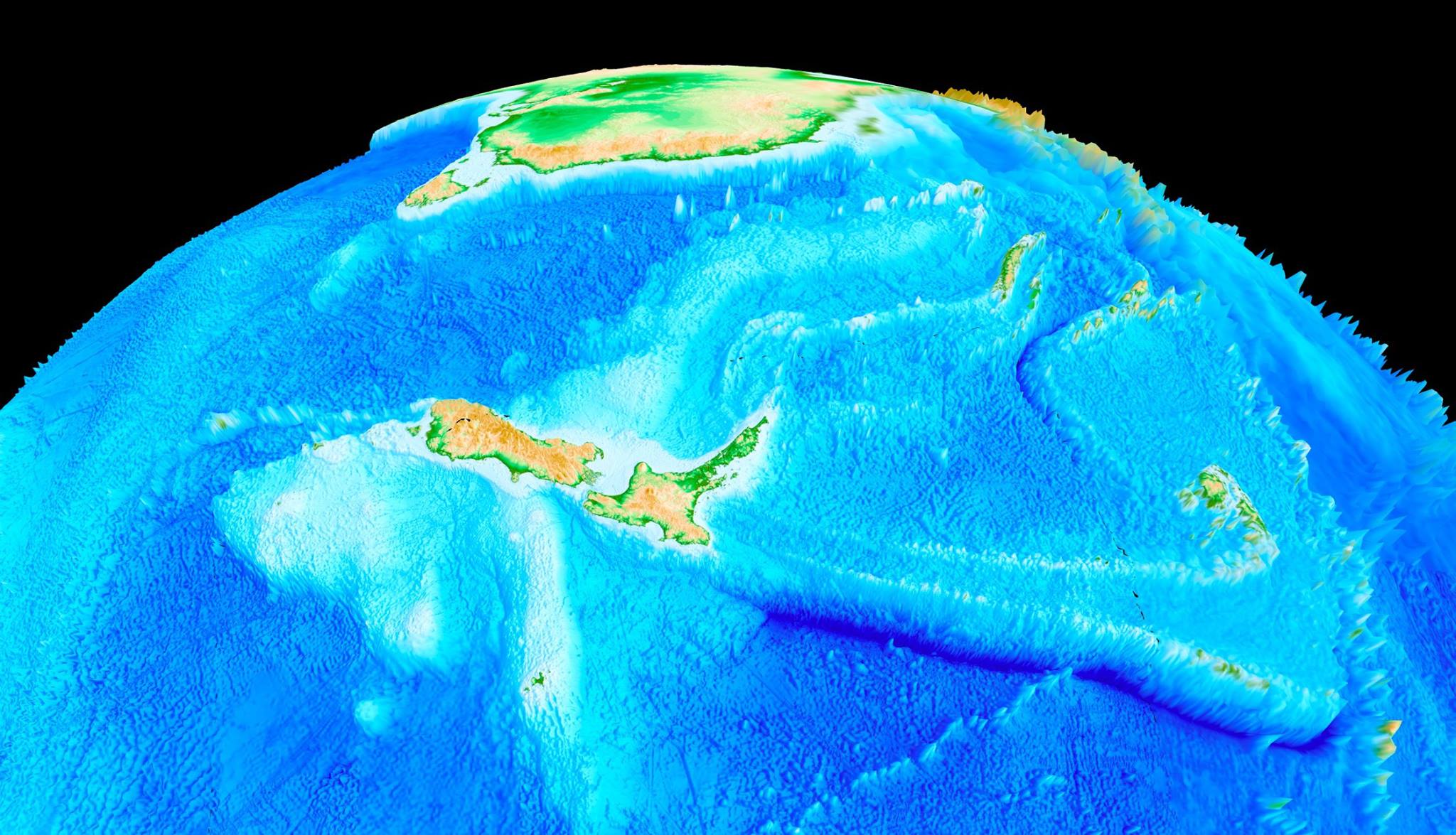 A paper published in GSA Today, Zealandia: Earth’s Hidden Continent, by Nick Mortimer and colleagues, including EarthByte’s Dr Maria Seton, has gone viral over the last few days. In the paper, researchers have for the first time clearly defined Zealandia, a continent that includes New Zealand, New Caledonia, and the Lord Howe and Norfold Islands, that is today 94% submerged beneath the Pacific Ocean. According to GSA Today’s editors, the article is “by a long shot” their most downloaded article ever. Picked up by hundreds of media outlets worldwide, the findings of the paper has reached an estimated 720 million readers!
A paper published in GSA Today, Zealandia: Earth’s Hidden Continent, by Nick Mortimer and colleagues, including EarthByte’s Dr Maria Seton, has gone viral over the last few days. In the paper, researchers have for the first time clearly defined Zealandia, a continent that includes New Zealand, New Caledonia, and the Lord Howe and Norfold Islands, that is today 94% submerged beneath the Pacific Ocean. According to GSA Today’s editors, the article is “by a long shot” their most downloaded article ever. Picked up by hundreds of media outlets worldwide, the findings of the paper has reached an estimated 720 million readers!
You can download the paper here. … Read more…
Basin Genesis Hub computer model explains Early Cretaceous eastward flow of ancient Murray River
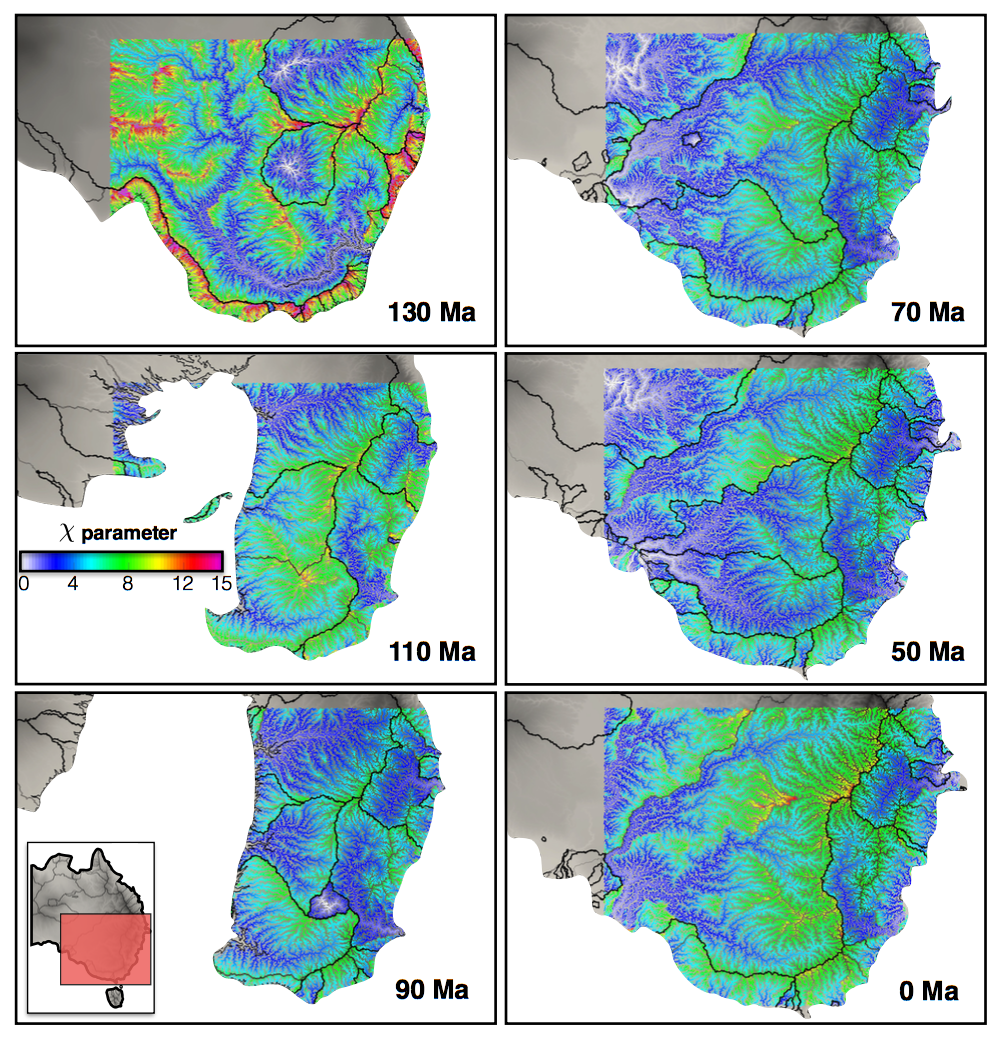 Australia is an outstanding natural laboratory to study the influence of dynamic topography on landscape evolution, having been largely unaffected by tectonic deformation since the Jurassic. Recent studies of the past eastern Australian landscape from present-day longitudinal river profiles and from mantle flow models suggest that the interaction of plate motion with mantle convection accounts for the two phases of large-scale uplift of the region since 120 Ma. … Read more…
Australia is an outstanding natural laboratory to study the influence of dynamic topography on landscape evolution, having been largely unaffected by tectonic deformation since the Jurassic. Recent studies of the past eastern Australian landscape from present-day longitudinal river profiles and from mantle flow models suggest that the interaction of plate motion with mantle convection accounts for the two phases of large-scale uplift of the region since 120 Ma. … Read more…
Modelling and visualizing distributed compressional plate deformation using GPlates2.0: The Arctic Eurekan Orogeny
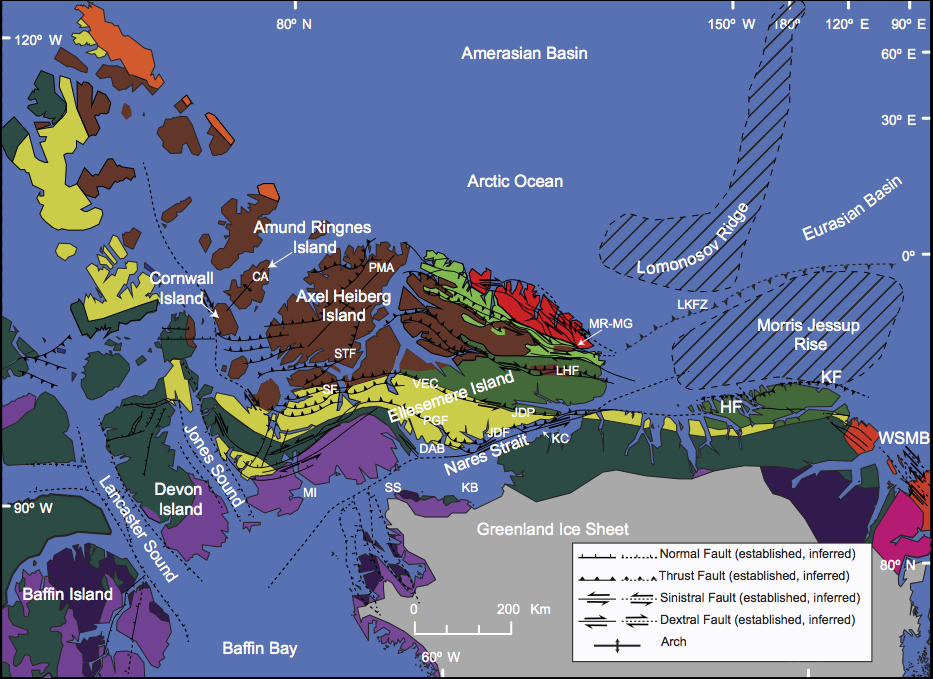 Present-day distributed plate deformation is being mapped and simulated in great detail, largely based on satellite observations. In contrast, the modelling of and data assimilation into deforming plate models for the geological past is still in its infancy. The recently released GPLates2.0 software provides a framework for building plate models including diffuse deformation. … Read more…
Present-day distributed plate deformation is being mapped and simulated in great detail, largely based on satellite observations. In contrast, the modelling of and data assimilation into deforming plate models for the geological past is still in its infancy. The recently released GPLates2.0 software provides a framework for building plate models including diffuse deformation. … Read more…
EarthByters find that death of ancient ocean between China and Russia triggered mantle upwelling
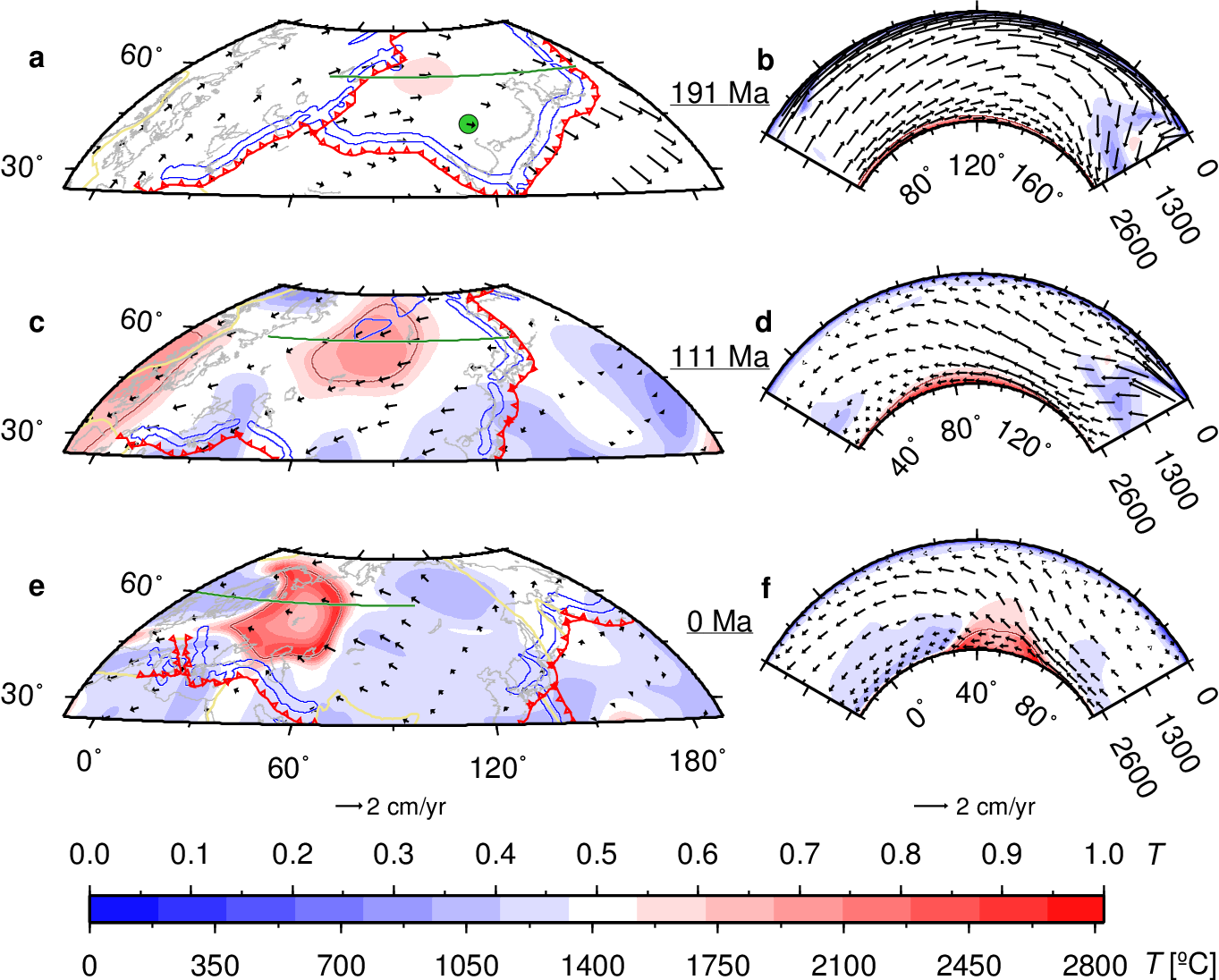 A collaboration between the University of Wollongong, the EarthByte Group at the University of Sydney, the California Institute of Technology and ETH Zürich have solved the mystery of the formation of a recently discovered structure 2,500 km below the city of Perm in Russia.
A collaboration between the University of Wollongong, the EarthByte Group at the University of Sydney, the California Institute of Technology and ETH Zürich have solved the mystery of the formation of a recently discovered structure 2,500 km below the city of Perm in Russia.
Earth’s lowermost rocky mantle, just above its iron-rich core, is characterised by two giant hot upwellings under the Pacific Ocean and Africa. Many islands in the Pacific and around Africa owe their volcanic activity to “hotspots” within these large, hot regions deep underneath the surface. … Read more…
Origin and evolution of the deep thermochemical structure beneath Eurasia
Flament, N. et al. Origin and evolution of the deep thermochemical structure beneath Eurasia. Nat. Commun. 7, 14164 doi: 10.1038/ncomms14164 (2016).
Abstract
A unique structure in the Earth’s lowermost mantle, the Perm Anomaly, was recently identified beneath Eurasia. It seismologically resembles the large low-shear velocity provinces (LLSVPs) under Africa and the Pacific, but is much smaller. This challenges the current understanding of the evolution of the plate–mantle system in which plumes rise from the edges of the two LLSVPs, spatially fixed in time. New models of mantle flow over the last 230 million years reproduce the present-day structure of the lower mantle, and show a Perm-like anomaly. The anomaly formed in isolation within a closed subduction network ~22,000 km in circumference before 150 million years ago before migrating ~1,500 km westward at an average rate of 1 cm per year, indicating a greater mobility of deep mantle structures than previously recognized. We hypothesize that the mobile Perm Anomaly could be linked to the Emeishan volcanics, in contrast to the previously proposed Siberian Traps.
This article is freely accessible using the following link http://rdcu.be/oDqg … Read more…
EarthByte Welcomes Hongjun Hui
EarthByte welcomes visiting student Hongjun Hui.
Summer Scholarship Students 2017
EarthByte welcomes Summer Scholarship Students Madison East and Louis Johansson.
EarthByte-Augury Basin Genesis Hub field trip to the Sydney Basin Permo-Triassic sequence
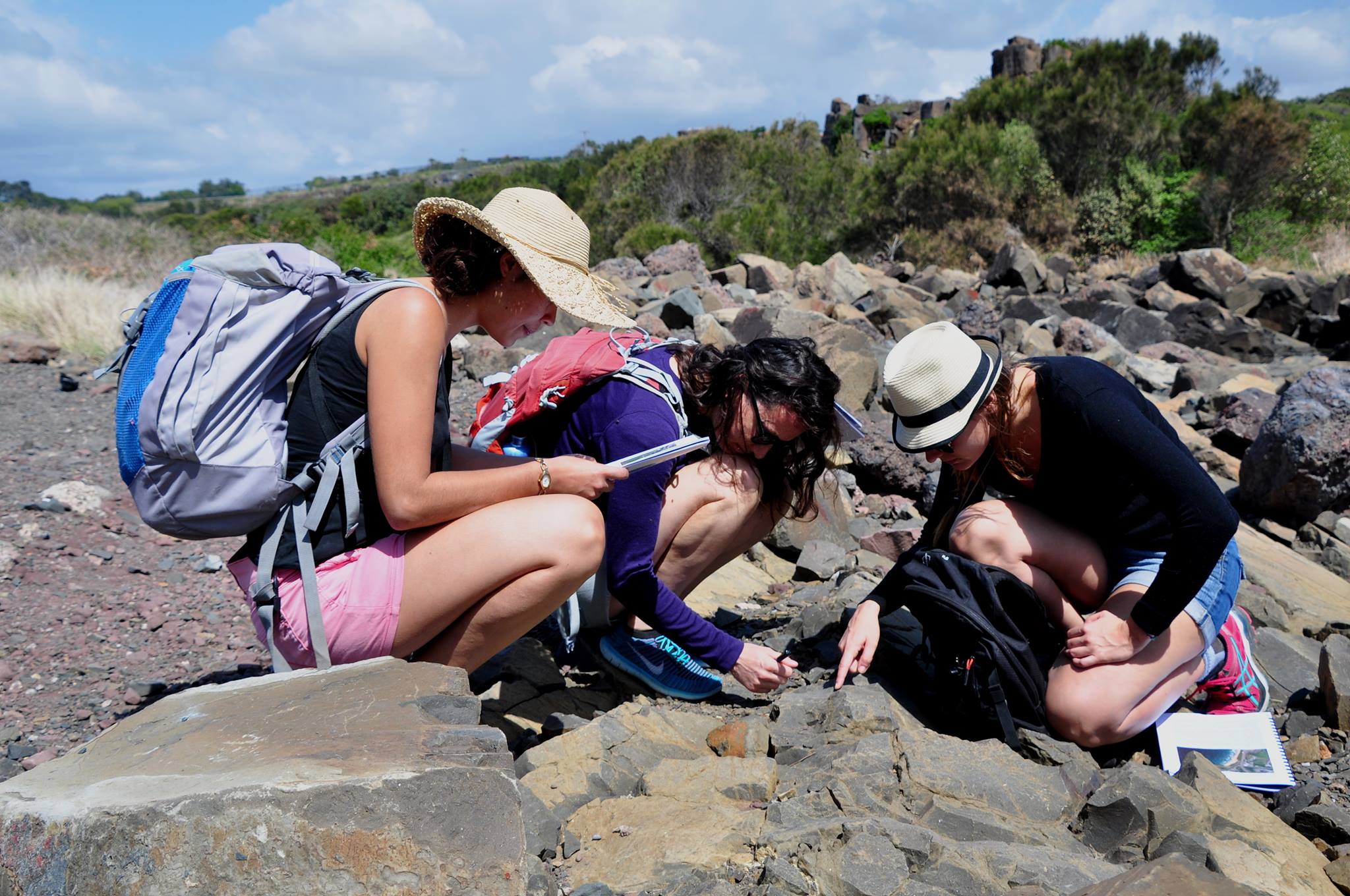 The collaboration between the EarthByters at the School of Geosciences, University of Sydney and the Lyon-based Augury geodynamics group, who are currently visiting Sydney, led to a field trip to the Late Permian-Early Triassic Sydney Basin succession, beautifully exposed along the coastal Illawarra region. … Read more…
The collaboration between the EarthByters at the School of Geosciences, University of Sydney and the Lyon-based Augury geodynamics group, who are currently visiting Sydney, led to a field trip to the Late Permian-Early Triassic Sydney Basin succession, beautifully exposed along the coastal Illawarra region. … Read more…
Augury Geodynamics team visits Earthbyte Group in December 2016 in the quest towards Plate Tectonics 2.0
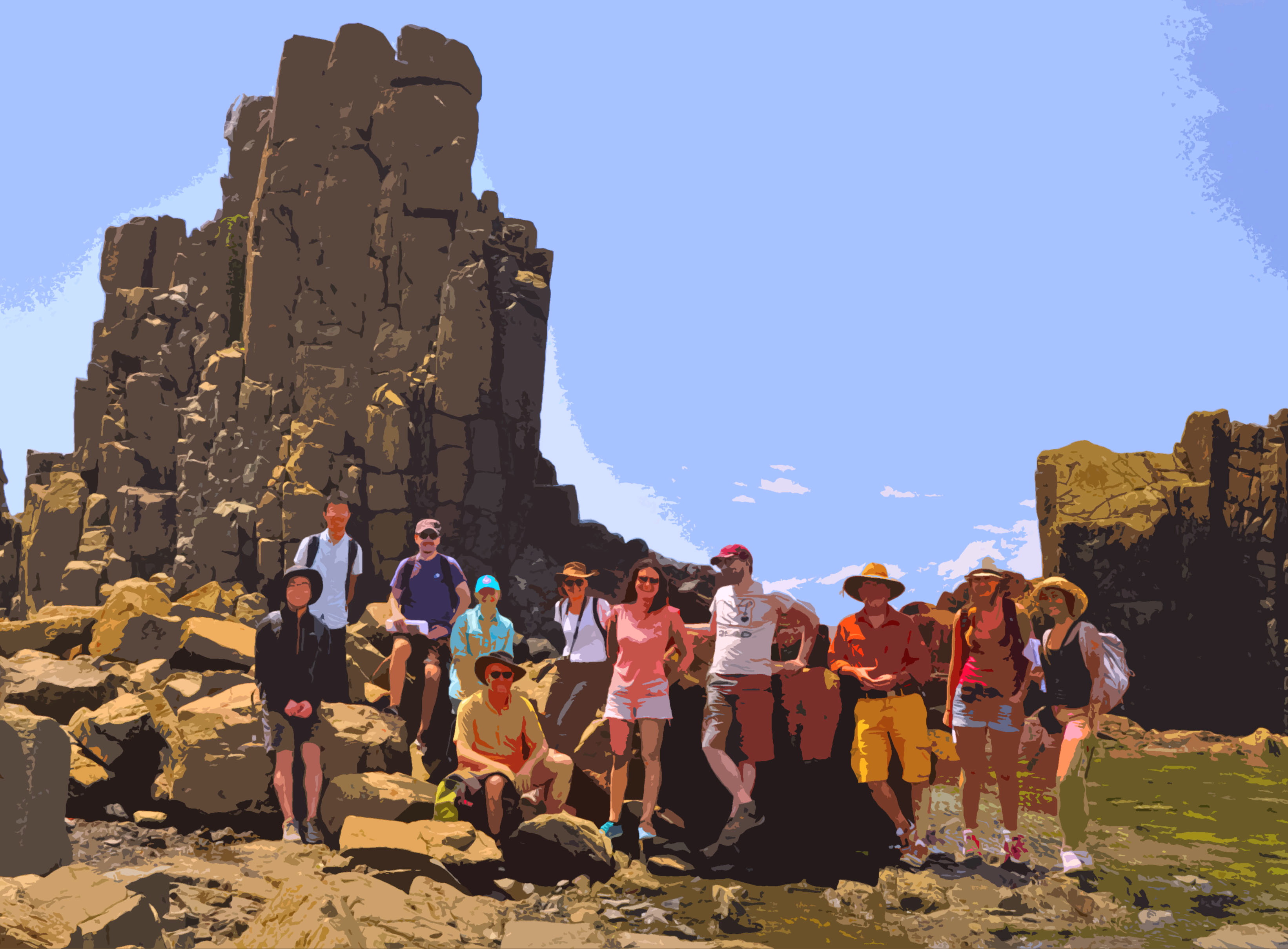 Our geodynamics collaborators from the Augury Geodynamics Group, Univ. Lyon, are spending the month of December 2016 with the EarthByte Group to collaborate on a range of issues revolving around seeking improved connections between kinematic (plate tectonic) and dynamic Earth models to advance our understanding and knowledge of the evolution of the solid Earth and the “rules of plate tectonics”. Even though some basic rules of plate tectonics have been accepted since the 70s, these rules are not extensive enough to understand the dynamic, time-dependent interaction between the convecting mantle and the tectonic plates. The visit is inspired by the move towards Plate Tectonics 2.0 – the development of a unified conceptual and methodological framework to understand how the shallow crust, landscapes, continental margins, and ocean basins interact with the coupled non-linear evolution of the plates and deep Earth through time.
Our geodynamics collaborators from the Augury Geodynamics Group, Univ. Lyon, are spending the month of December 2016 with the EarthByte Group to collaborate on a range of issues revolving around seeking improved connections between kinematic (plate tectonic) and dynamic Earth models to advance our understanding and knowledge of the evolution of the solid Earth and the “rules of plate tectonics”. Even though some basic rules of plate tectonics have been accepted since the 70s, these rules are not extensive enough to understand the dynamic, time-dependent interaction between the convecting mantle and the tectonic plates. The visit is inspired by the move towards Plate Tectonics 2.0 – the development of a unified conceptual and methodological framework to understand how the shallow crust, landscapes, continental margins, and ocean basins interact with the coupled non-linear evolution of the plates and deep Earth through time.
GPlates 2.0 Released
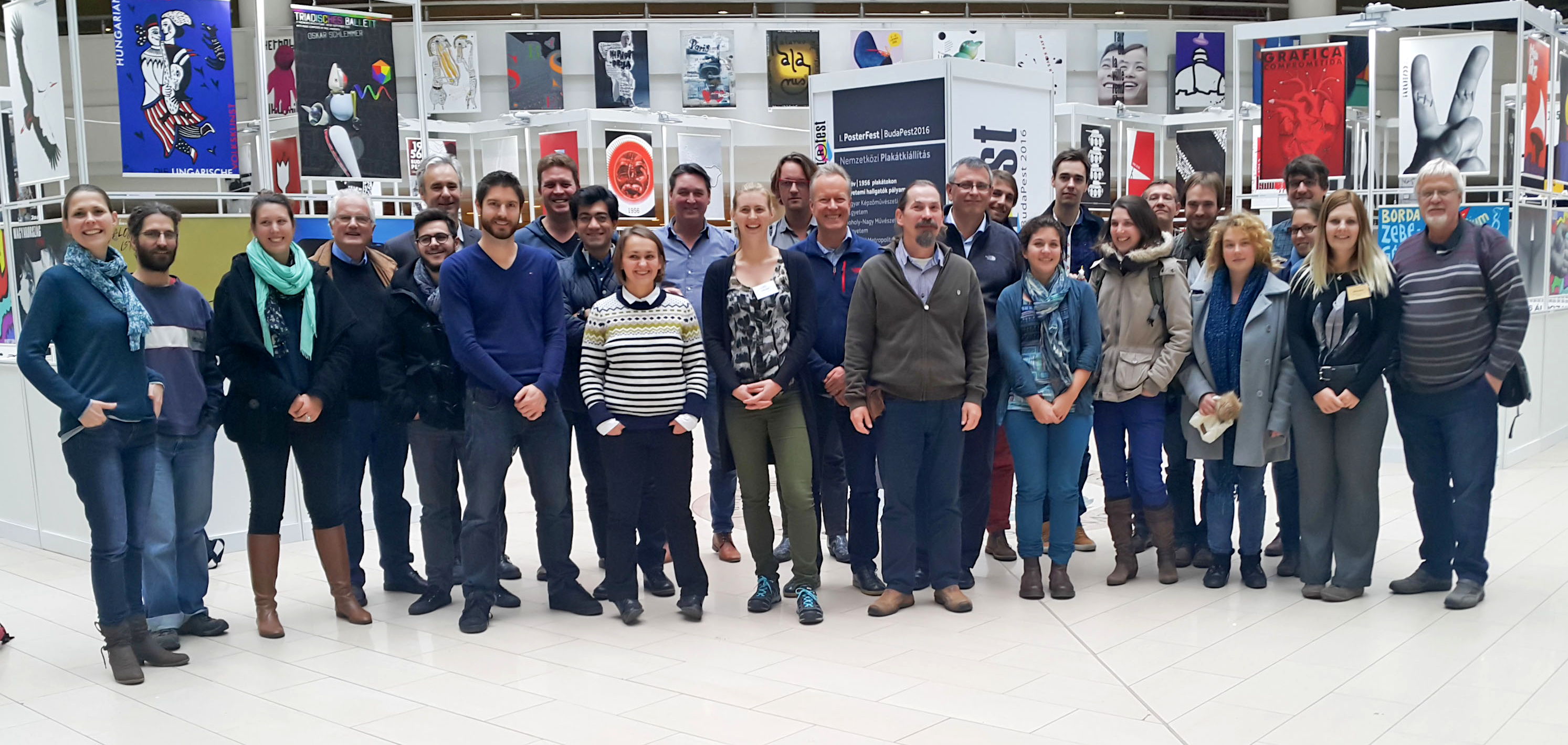 GPlates 2.0 was released last week, with lots of new features including plate deformation, volume rendering, much improved project and session management, a plate topology building tool and an interactive tool to determine best-fit rotation poles using the method of Hellinger, and much more. Check out the full list of improvements here. … Read more…
GPlates 2.0 was released last week, with lots of new features including plate deformation, volume rendering, much improved project and session management, a plate topology building tool and an interactive tool to determine best-fit rotation poles using the method of Hellinger, and much more. Check out the full list of improvements here. … Read more…
Guatemala paleoseismicity
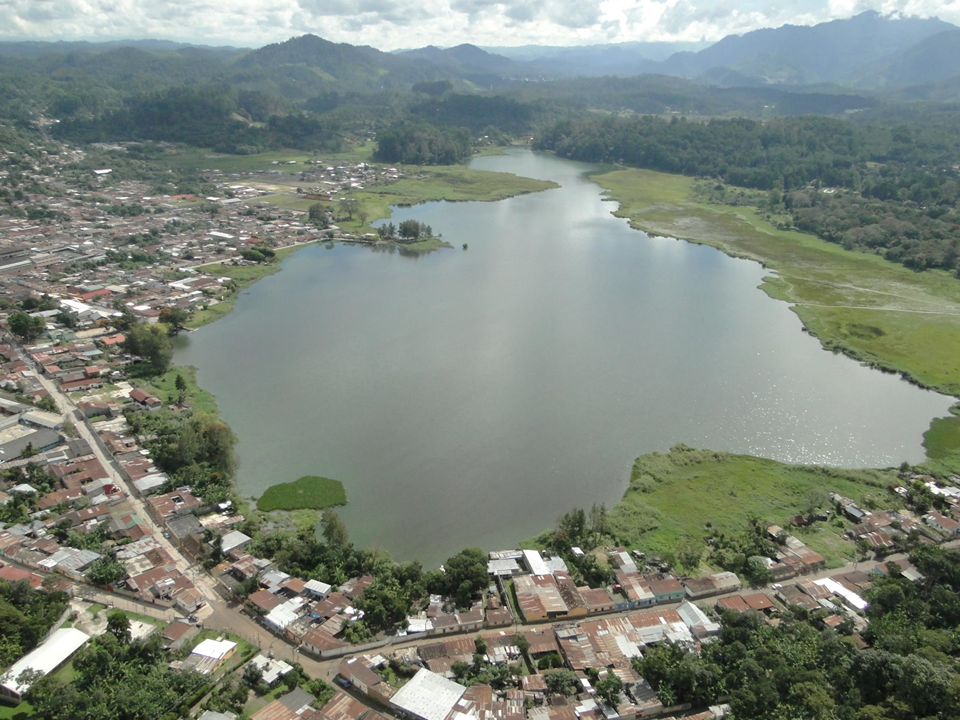 A new paper by Basin Hub Member Gilles Brocard and co-authors on the paleo-seismicity of the North America-Caribbean plate boundary in Guatemala was published in Scientific Reports earlier this week. … Read more…
A new paper by Basin Hub Member Gilles Brocard and co-authors on the paleo-seismicity of the North America-Caribbean plate boundary in Guatemala was published in Scientific Reports earlier this week. … Read more…
NW Shelf Basin Hub workshop at Curtin University
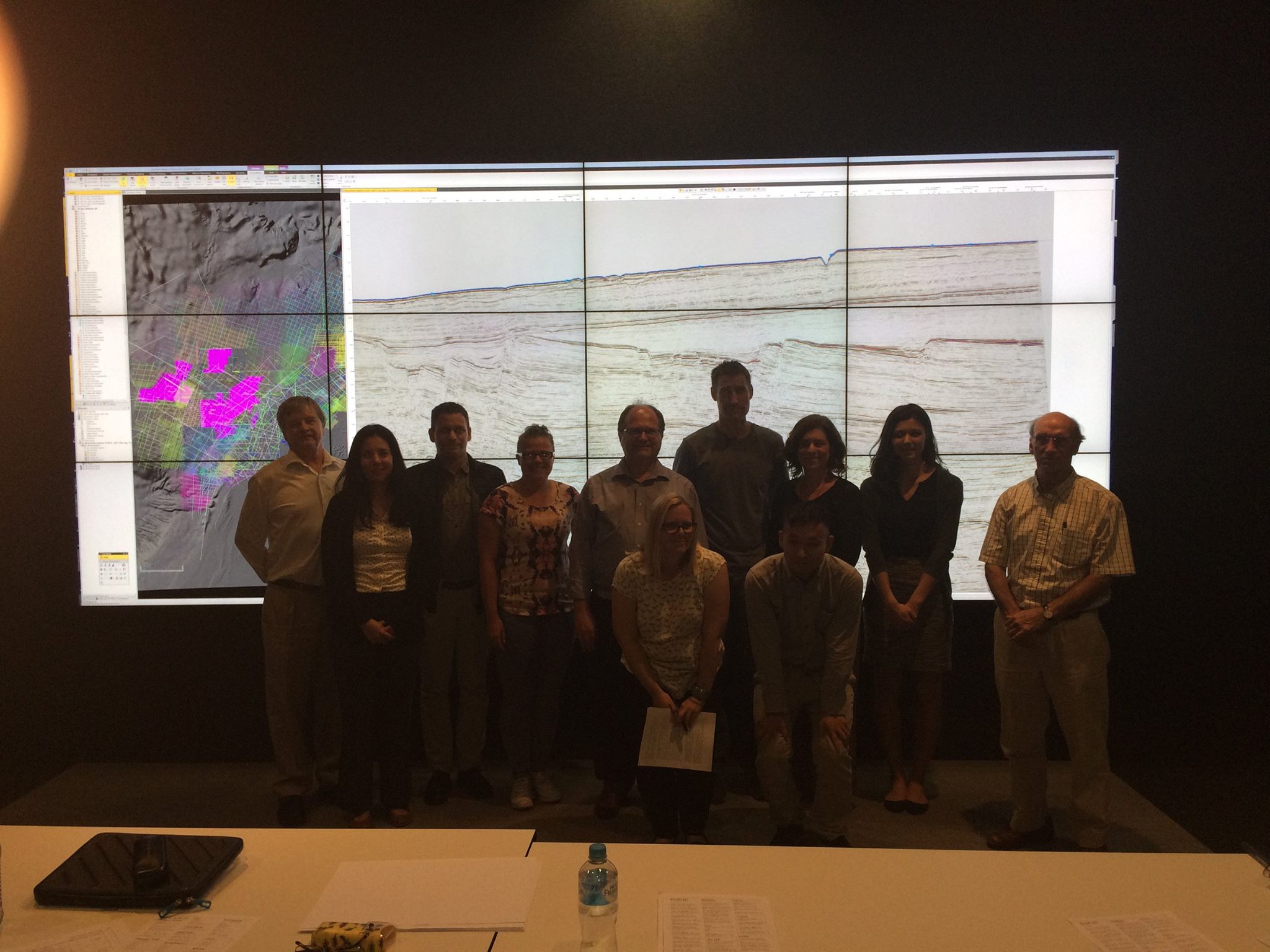 A number of Basin Hub members have gathered at Curtin University in Perth to brainstorm and discuss progress on research relating to the tectonic and surface process evolution of the NW Australian shelf. Our PhD student Amy I’Anson sends these photos of the team using Curtin’s spectacular HIVE 24 megapixel screen. Very cool! … Read more…
A number of Basin Hub members have gathered at Curtin University in Perth to brainstorm and discuss progress on research relating to the tectonic and surface process evolution of the NW Australian shelf. Our PhD student Amy I’Anson sends these photos of the team using Curtin’s spectacular HIVE 24 megapixel screen. Very cool! … Read more…
Dietmar Müller awarded Vice–Chancellor’s Award for Outstanding Research
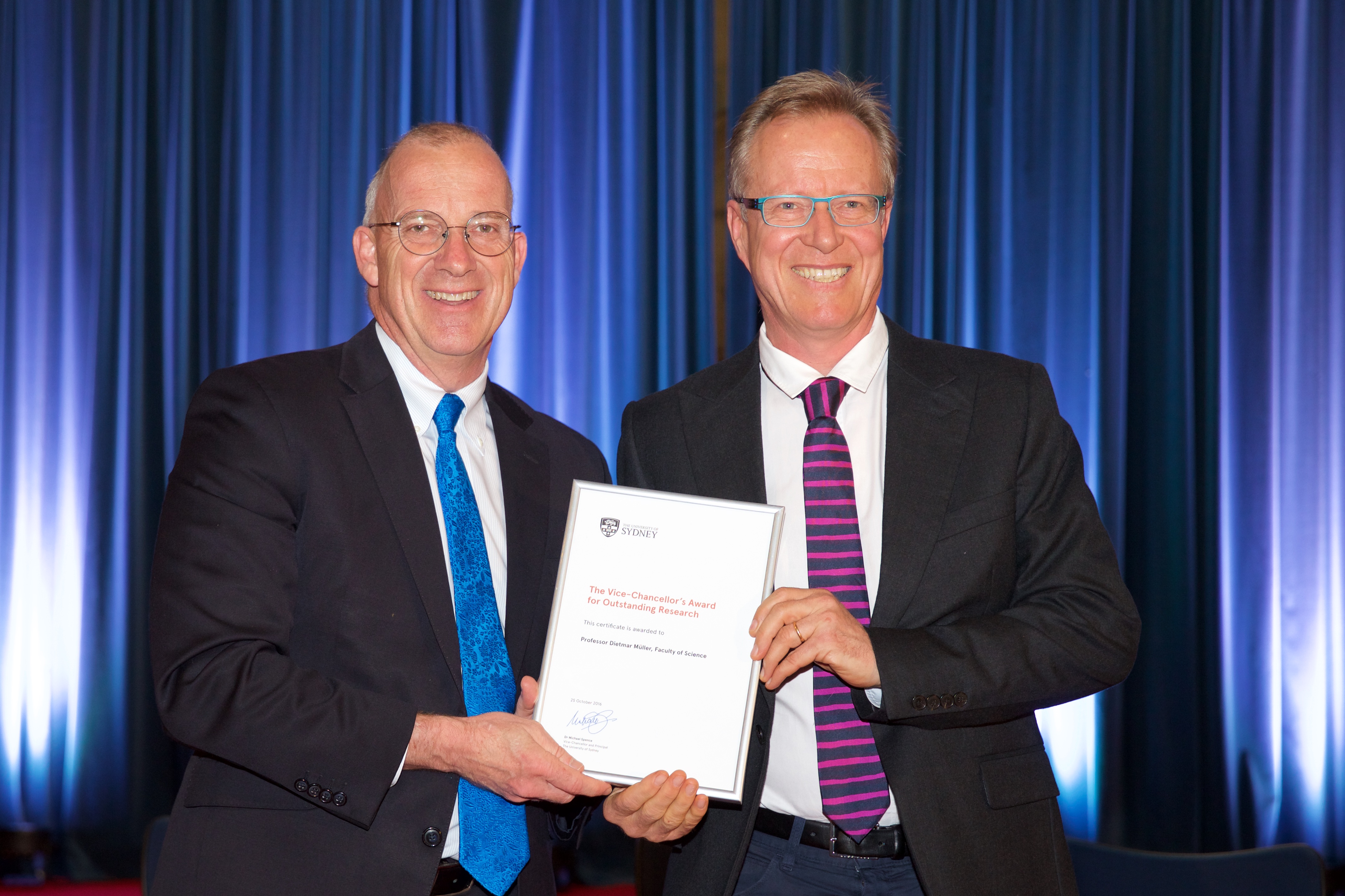 Dietmar Müller was awarded one of four 2016 Vice–Chancellor’s Award for Outstanding Research at the University of Sydney’s first annual award ceremony on the 25th of October. The award reflects many years of inspired, highly productive team work by the entire EarthByte Group, without whom this would not have been possible. It’s really an award for all EarthByters! … Read more…
Dietmar Müller was awarded one of four 2016 Vice–Chancellor’s Award for Outstanding Research at the University of Sydney’s first annual award ceremony on the 25th of October. The award reflects many years of inspired, highly productive team work by the entire EarthByte Group, without whom this would not have been possible. It’s really an award for all EarthByters! … Read more…
Global plate boundary evolution and kinematics since the late Paleozoic
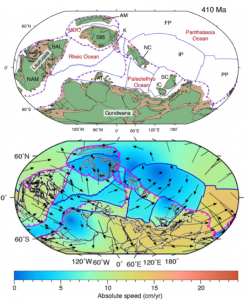 Citation
Citation
Matthews, K.J., Maloney, K.T., Zahirovic, S., Williams, S.E., Seton, M., and Müller, R.D. (2016). Global plate boundary evolution and kinematics since the late Paleozoic, Global and Planetary Change, 146, 226-250. DOI: 10.1016/j.gloplacha.2016.10.002
Abstract
Many aspects of deep-time Earth System models, including mantle convection, paleoclimatology, paleobiogeography and the deep Earth carbon cycle, require high-resolution plate models that include the evolution of the mosaic of plate boundaries through time. We present the first continuous late Paleozoic to present-day global plate model with evolving plate boundaries, building on and extending two previously published models for the late Paleozoic (410–250 Ma) and Mesozoic-Cenozoic (230–0 Ma). We ensure continuity during the 250–230 Ma transition period between the two models, update the absolute reference frame of the Mesozoic-Cenozoic model and add a new Paleozoic reconstruction for the Baltica-derived Alexander Terrane, now accreted to western North America. This 410–0 Ma open access model provides a framework for deep-time whole Earth modelling and acts as a base for future extensions and refinement.
This model is available with a default mantle reference frame, a hybrid reference frame using moving hotspots and a true polar wander corrected paleomagnetic reference frame (see paper for details) as well as with a paleomagnetic reference frame. For times before 83 Ma, the Pacific is shifted to maintain relative motions with the circum-Pangea continents – largely due to the fact that no paleomagnetic reference frames exist that extend to the birth age of the Pacific Plate. The paleomagnetic reference frame is based on data from Torsvik, T. H., Van der Voo, R., Preeden, U., Mac Niocaill, C., Steinberger, B., Doubrovine, P. V., van Hinsbergen, D. J., Domeier, M., Gaina, C., and Tohver, E., 2012, Phanerozoic polar wander, palaeogeography and dynamics: Earth-Science Reviews, v. 114, no. 3, p. 325-368, DOI: 10.1016/j.earscirev.2012.06.007.
GPlates 2.0 software and data sets
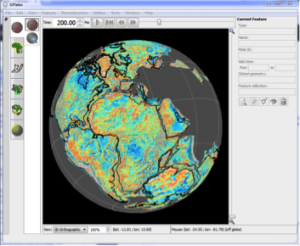 GPlates is a free desktop software for the interactive visualisation of plate-tectonics. The compilation and documentation of GPlates 2.0 data was primarily funded by AuScope National Collaborative Research Infrastructure (NCRIS).
GPlates is a free desktop software for the interactive visualisation of plate-tectonics. The compilation and documentation of GPlates 2.0 data was primarily funded by AuScope National Collaborative Research Infrastructure (NCRIS).
GPlates is developed by an international team of scientists and professional software developers at the EarthByte Project (part of AuScope) at the University of Sydney, the Division of Geological and Planetary Sciences (GPS) at CalTech, the Geodynamics team at the Geological Survey of Norway (NGU) and the Centre for Earth Evolution and Dynamics (CEED) at the University of Oslo. … Read more…
EarthByte Honours Projects 2017
EarthByte has now released a list of Honours projects to be offered in 2017. These projects are outlined below.
… Read more…
Basin Genesis Hub surface processes workshop
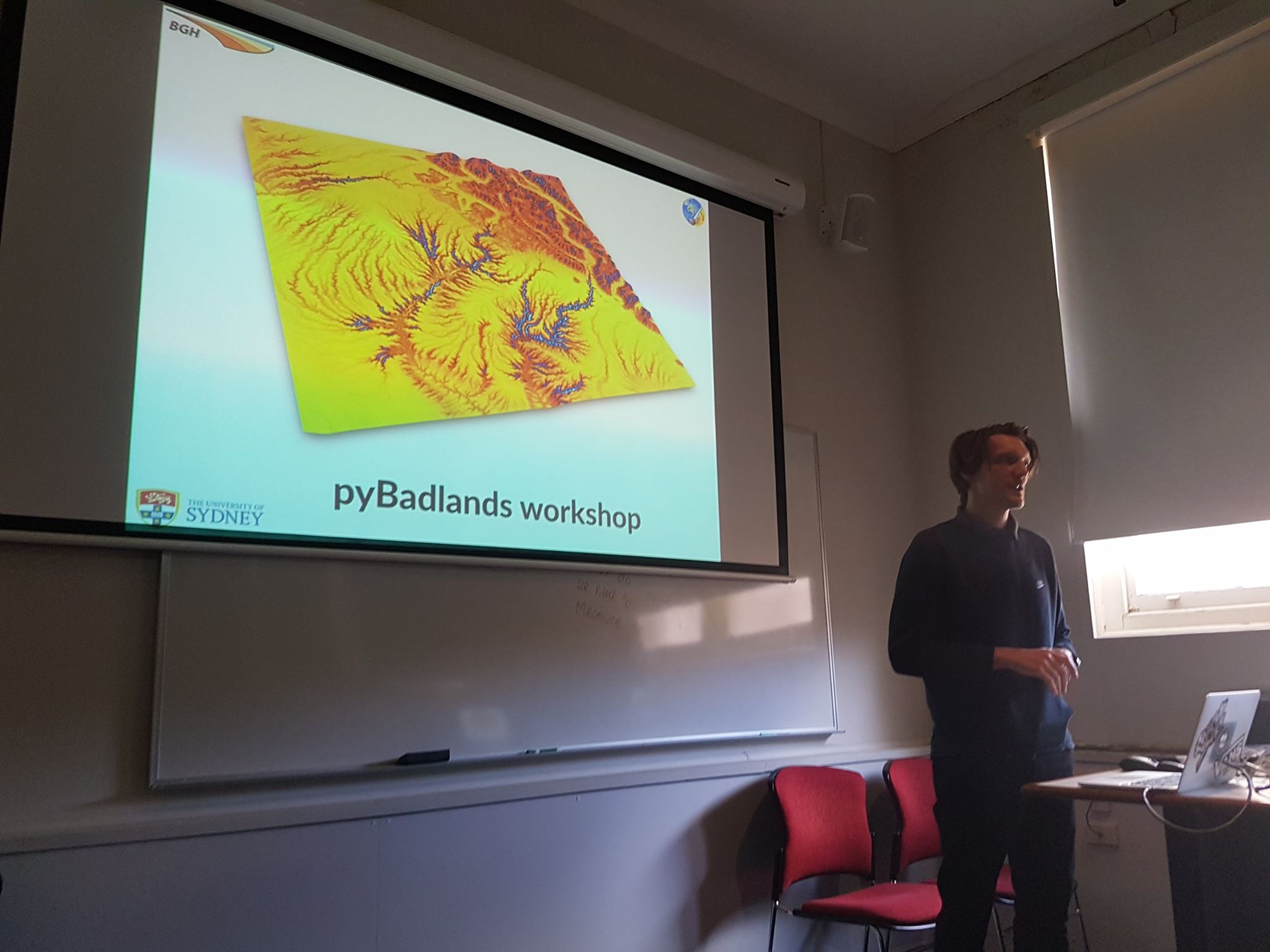 Greetings from the surface processes workshop using the open-source Badlands code developed by our very own Tristan Salles as part of the Basin GENESIS Hub. Today we covered how to use Docker/Kitematic to download the pyBadlands virtual machine and run the examples (mountain building, delta formation, and so on). … Read more…
Greetings from the surface processes workshop using the open-source Badlands code developed by our very own Tristan Salles as part of the Basin GENESIS Hub. Today we covered how to use Docker/Kitematic to download the pyBadlands virtual machine and run the examples (mountain building, delta formation, and so on). … Read more…
Jiabao Zhang’s summer internship in the Basin Genesis Hub
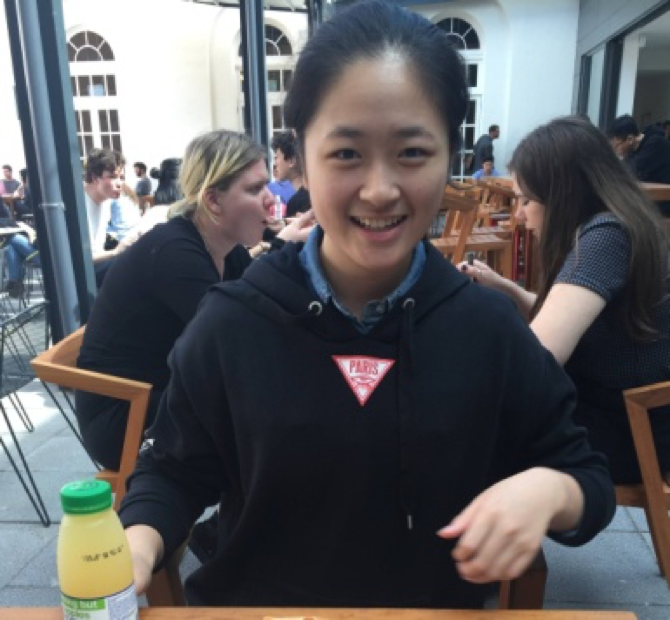 Jiabao Zhang, bachelor student at the University of Geosciences in Wuhan, China, visited the Basin Genesis Hub for a month in September 2016 to practice numerical modelling in geomorphology under the supervision of Dr Gilles Brocard and Dr Tristan Salles. … Read more…
Jiabao Zhang, bachelor student at the University of Geosciences in Wuhan, China, visited the Basin Genesis Hub for a month in September 2016 to practice numerical modelling in geomorphology under the supervision of Dr Gilles Brocard and Dr Tristan Salles. … Read more…
SoftwareX – Badlands: A parallel basin and landscape dynamics model
Abstract: Over more than three decades, a number of numerical landscape evolution models (LEMs) have been developed to study the combined effects of climate, sea-level, tectonics and sediments on Earth surface dynamics. Most of them are written in efficient programming languages, but often cannot be used on parallel architectures. Here, I present a LEM which … Read more…
Surface Processes Modelling Workshop
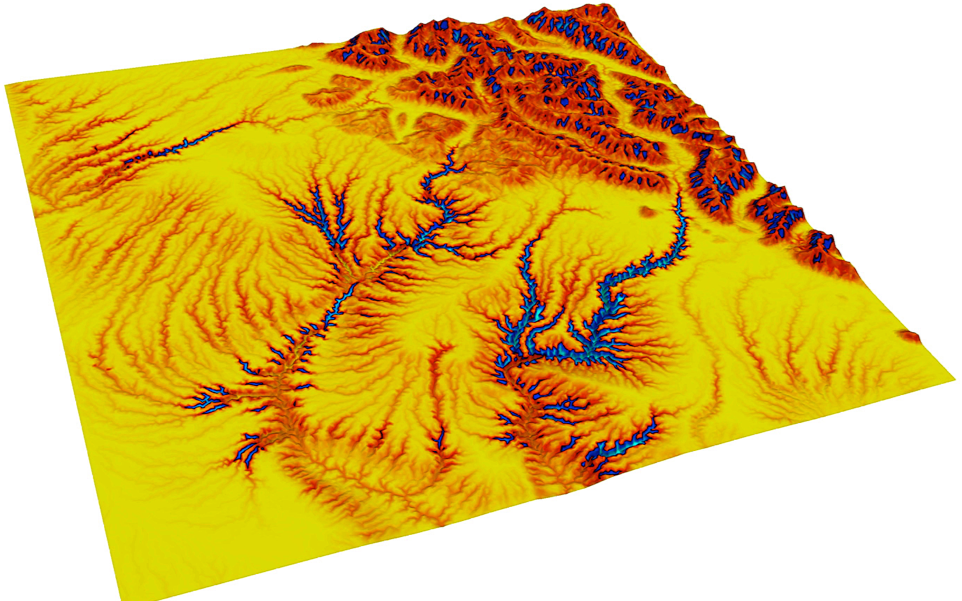 The EarthByte Group will conduct a 2 days workshop on surface processes modelling on the 13th and 14th of October in the Madsen Building at the School of Geoscience, The University of Sydney, Australia.
The EarthByte Group will conduct a 2 days workshop on surface processes modelling on the 13th and 14th of October in the Madsen Building at the School of Geoscience, The University of Sydney, Australia.
The workshop aims to introduce those interested in landscape evolution and source to sink problems to a new open-source code: Badlands. Note that you do not have to be a seasoned modeller to participate. Geomorphologists, tectonicists and sedimentologists interested in testing conceptual models based on field observations are welcome! … Read more…
Large fluctuations of shallow seas in low-lying Southeast Asia driven by mantle flow
Author List: Sabin Zahirovic, Nicolas Flament, Dietmar Müller, Maria Seton, Mike Gurnis. Citation: Zahirovic, S., Flament, N., Müller, R.D., Seton, M., and Gurnis, M. (2016). Large fluctuations of shallow seas in low-lying Southeast Asia driven by mantle flow. Geochemistry, Geophysics, Geosystems. doi:10.1002/2016GC006434 The Sundaland continental promontory, as the core of Southeast Asia, is one of the lowest lying … Read more…
EarthByte Welcomes Ömer Bodur
EarthByte Welcomes new PhD candidate Ömer Bodur.
Taking the pulse of the global ocean
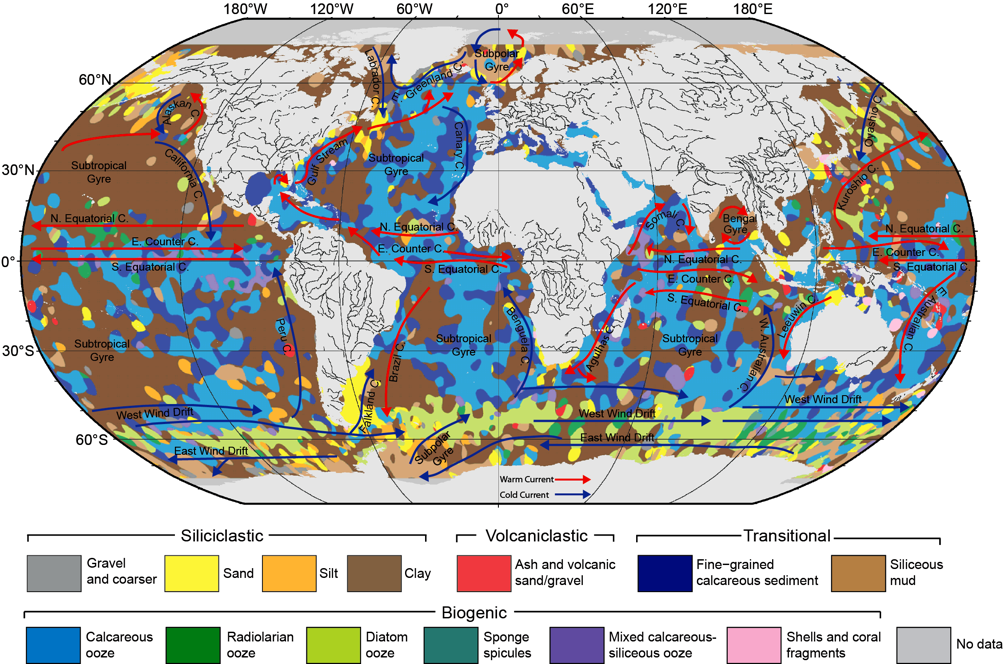 When organic particles sink from the surface ocean to the seafloor, a small but significant proportion of atmospheric carbon is stored away. Adriana Dutkiewicz and colleagues at the University of Sydney and Data61/CSIRO have now used global data sets collected over decades combined with cutting-edge big data analysis to understand how this process depends on surface ocean environments. … Read more…
When organic particles sink from the surface ocean to the seafloor, a small but significant proportion of atmospheric carbon is stored away. Adriana Dutkiewicz and colleagues at the University of Sydney and Data61/CSIRO have now used global data sets collected over decades combined with cutting-edge big data analysis to understand how this process depends on surface ocean environments. … Read more…
Controls on the distribution of deep-sea sediments
Author List: Dr Adriana Dutkiewicz, Dr Simon O’Callaghan, Prof Dietmar Müller Citation: Dutkiewicz, A., O’Callaghan, S., and Müller, R.D. (2016). Controls on the distribution of deep-sea sediments. Geochemistry, Geophysics, Geosystems 17 1–24. doi:10.1002/2016GC006428 Abstract: Deep-sea sediments represent the largest geological deposit on Earth and provide a record of our planet’s response to conditions at the sea surface from … Read more…
Commotion in the deep Southern Ocean
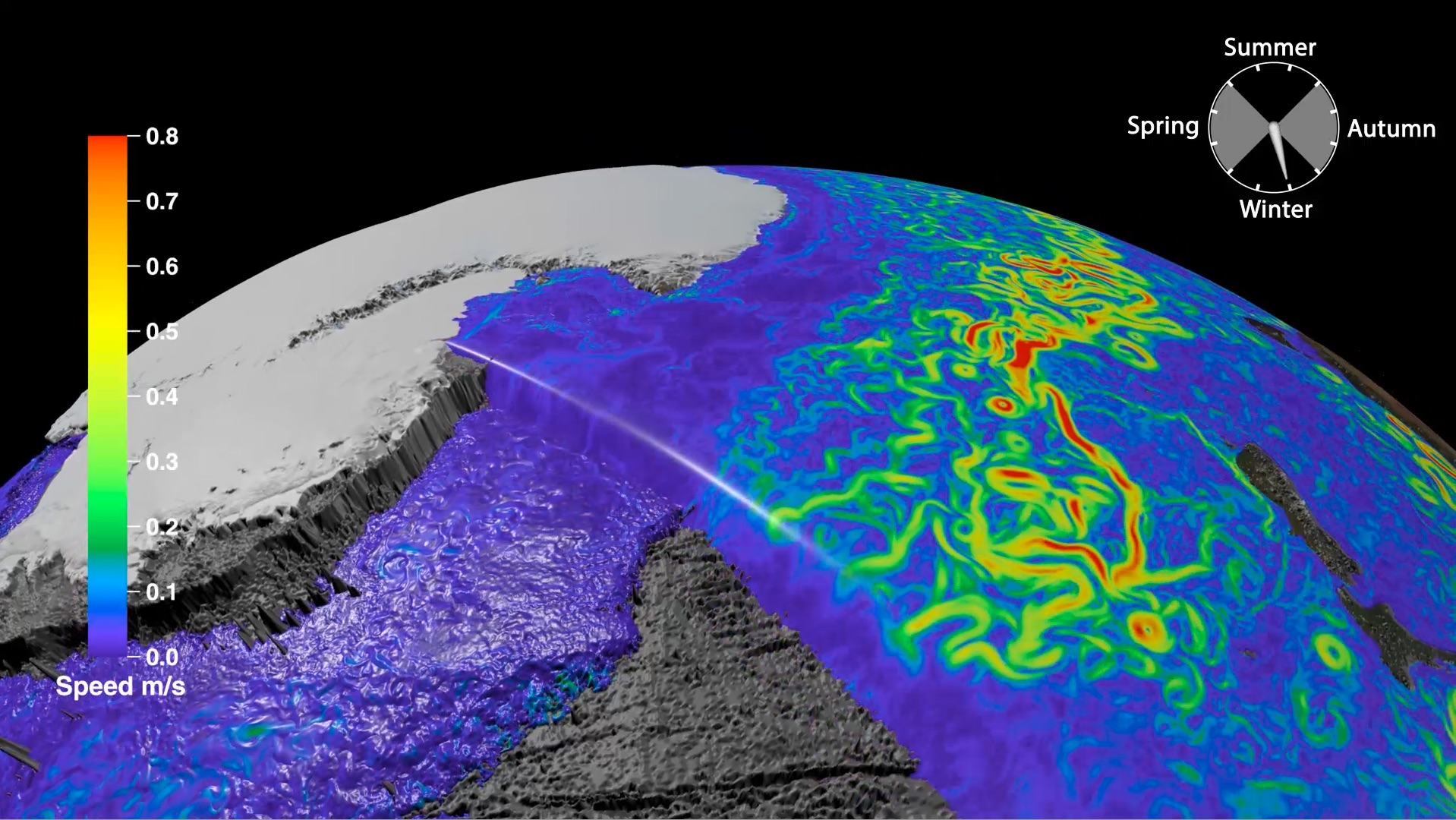 Congratulations Adriana Dutkiewicz, Dietmar Müller, Andrew Hogg, and Paul Spence for their recent paper published in Geology. Their paper, Vigorous deep-sea currents cause global anomaly in sediment accumulation in the Southern Ocean, revealed an enormous stretch of the Southern Ocean where sediments are building up at a rate that dwarfs other deep ocean locations. The work has attracted the attention of media internationally. … Read more…
Congratulations Adriana Dutkiewicz, Dietmar Müller, Andrew Hogg, and Paul Spence for their recent paper published in Geology. Their paper, Vigorous deep-sea currents cause global anomaly in sediment accumulation in the Southern Ocean, revealed an enormous stretch of the Southern Ocean where sediments are building up at a rate that dwarfs other deep ocean locations. The work has attracted the attention of media internationally. … Read more…
Vigorous deep-sea currents cause global anomaly in sediment accumulation in the Southern Ocean
Author List: Adriana Dutkiewicz, Dietmar Müller, Andy Hogg and Paul Spence. Citation: Dutkiewicz, A., Müller, R. D., Hogg, A. M. & Spence, P. (2016). Vigorous deep-sea currents cause global anomaly in sediment accumulation in the Southern Ocean. Geology, 44(8), 663–666. doi:10.1130/G38143.1 Abstract: The vigorous current systems in the Southern Ocean play a key role in regulating the Earth’s … Read more…
Commotion in the deep Southern Ocean
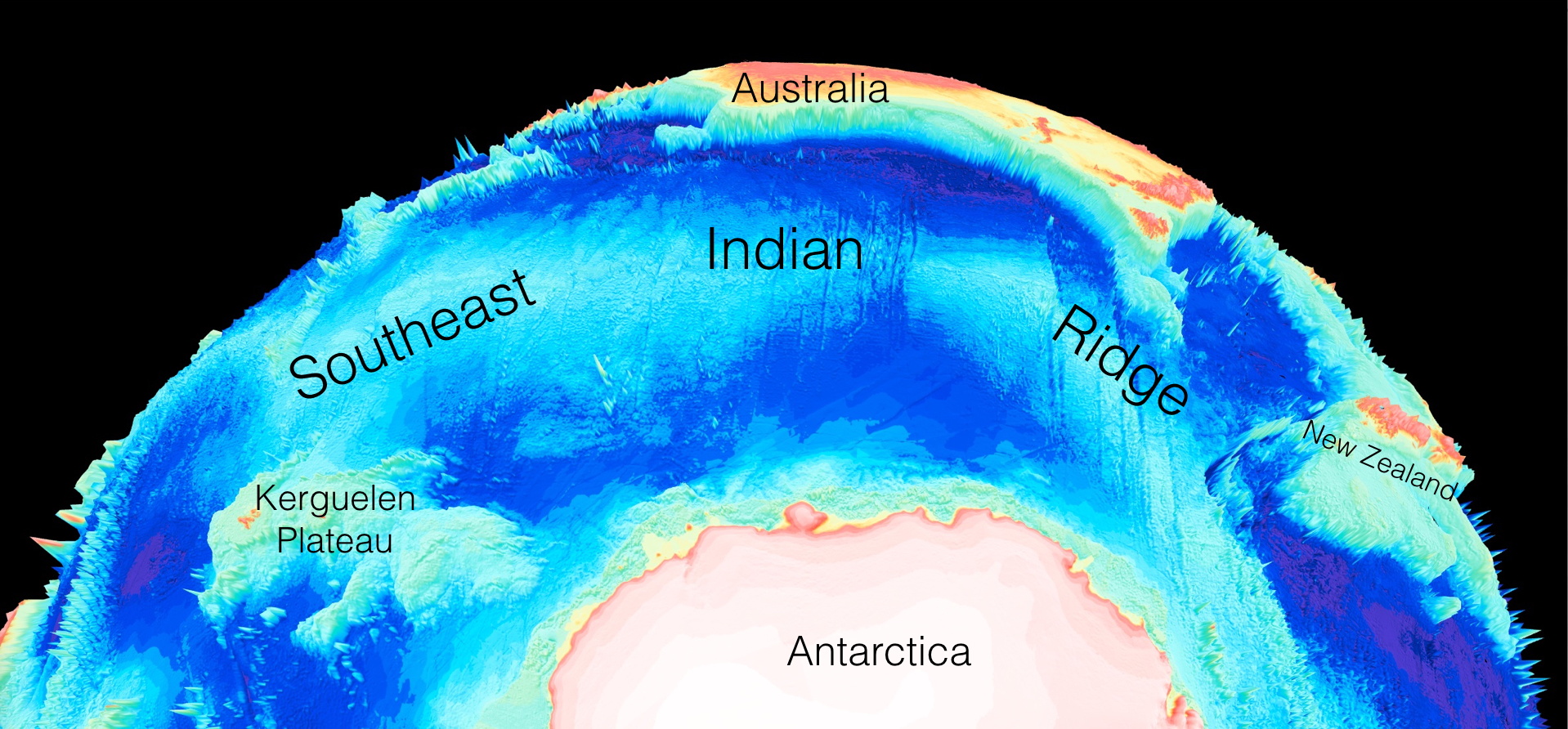
A team led by the University of Sydney School of Geosciences has found an 8,000-km long sediment pile-up in the middle of the Southern Ocean, making this feature unique in the world. Their study was published today in the leading international journal Geology. … Read more…
